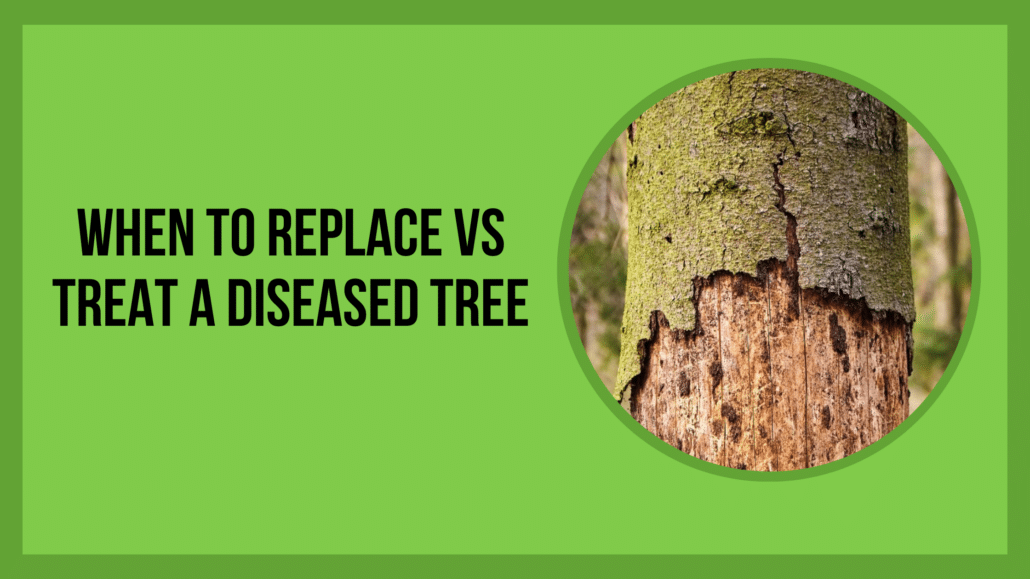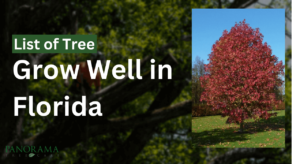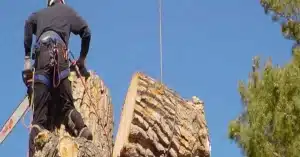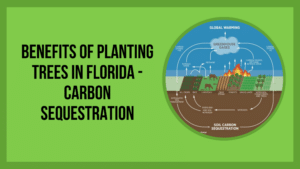Trees are essential to our environment and add immense beauty to our landscapes. But what happens when a tree shows signs of disease? Should you invest in treating it or consider replacing it altogether?
This decision can feel overwhelming, especially when you’re trying to balance costs, aesthetics, and safety.
In this guide, we’ll explore how to determine the best course of action for a diseased tree, so you can make the right choice for your property.
Understanding Tree Diseases
A diseased tree doesn’t just look unhealthy—it can pose risks to its surroundings. Some telltale signs include discolored leaves, wilting, peeling bark, or even visible fungal growth. Diseases like root rot, canker diseases, and leaf blight are common culprits that weaken trees over time.
Certain tree species are more prone to specific diseases due to environmental conditions or pests. For instance, trees in humid regions often suffer from fungal infections, while dry climates might see more pest-related issues.
Understanding the nature of the disease is the first step in deciding whether to treat or replace the tree.
When to Treat a Diseased Tree
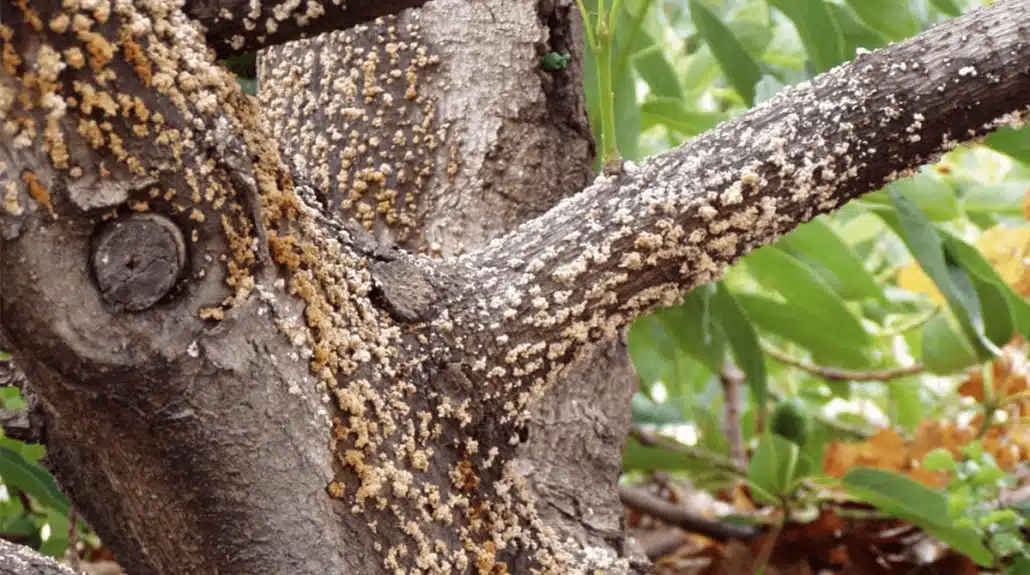
Treating a diseased tree can be a cost-effective and environmentally responsible decision, but it requires careful evaluation of the tree’s condition.
Let’s explore the factors that indicate treatment is the right choice, the methods available, and why it’s beneficial.
Signs That Treatment is Viable
Not every diseased tree is beyond saving. Certain signs can indicate that treatment is a feasible option:
- Early-stage disease: If the disease is localized and hasn’t spread extensively, there’s a strong chance the tree can recover.
- Limited structural damage: Trees with minor physical damage, such as isolated cracks or dead branches, often respond well to treatment.
- Healthy root system: A strong and intact root system is essential for recovery. Even with visible symptoms above ground, a healthy root system can sustain a tree through the treatment process.
- General vitality: If the tree still shows signs of life—like green leaves, active growth, or good canopy density—it’s worth considering treatment.
Treatment Options for a Diseased Tree
Once you’ve determined the tree is worth saving, the next step is to explore treatment methods. These techniques are designed to tackle specific issues while strengthening the tree overall:
- Pruning: Diseased branches and limbs are removed to prevent the infection from spreading further. Proper pruning improves airflow and sunlight penetration, which helps the tree heal. Regular trimming can also remove areas where pests and fungi thrive.
- Root Fertilization: Fertilizers enriched with essential nutrients help trees combat stress and disease. Deep root fertilization delivers nutrients directly to the root zone, boosting the tree’s immune response and promoting growth.
- Pest and Disease Management: Pests like borers and aphids often weaken trees and make them susceptible to diseases. Targeted pest control methods, including tree-friendly sprays or injections, eliminate infestations and reduce the spread of diseases.
- Soil Health Improvement: Poor soil conditions can exacerbate tree diseases. Adding compost, adjusting pH levels, or introducing beneficial microorganisms helps create a healthier growing environment for the tree.
Benefits of Treating a Diseased Tree
Opting for treatment instead of replacement has several advantages:
- Cost-effective solution: Treating a tree is often less expensive than the labor-intensive process of removal and replacement.
- Environmental impact: Trees play a vital role in absorbing carbon dioxide, producing oxygen, and providing habitats for wildlife. Saving an existing tree contributes to environmental sustainability.
- Preservation of landscape aesthetics: Mature trees provide shade, beauty, and a sense of stability to a property. Treating a tree ensures you retain these benefits without the disruption of replacing it.
When Professional Help is Needed
While some minor issues can be managed with DIY solutions, significant diseases or large trees require the expertise of a certified arborist. Professionals can assess the severity of the disease, recommend appropriate treatments, and ensure that interventions are safe and effective.
That’s why working with tree treatment experts Tampa Bay ensures the health of your trees and the long-term value of your landscape.
Treating a diseased tree is about more than just saving its life—it’s about protecting the value and beauty of your property while making a positive impact on the environment.
By identifying issues early and taking swift action, you can give your tree the best chance of recovery.
When to Replace a Diseased Tree
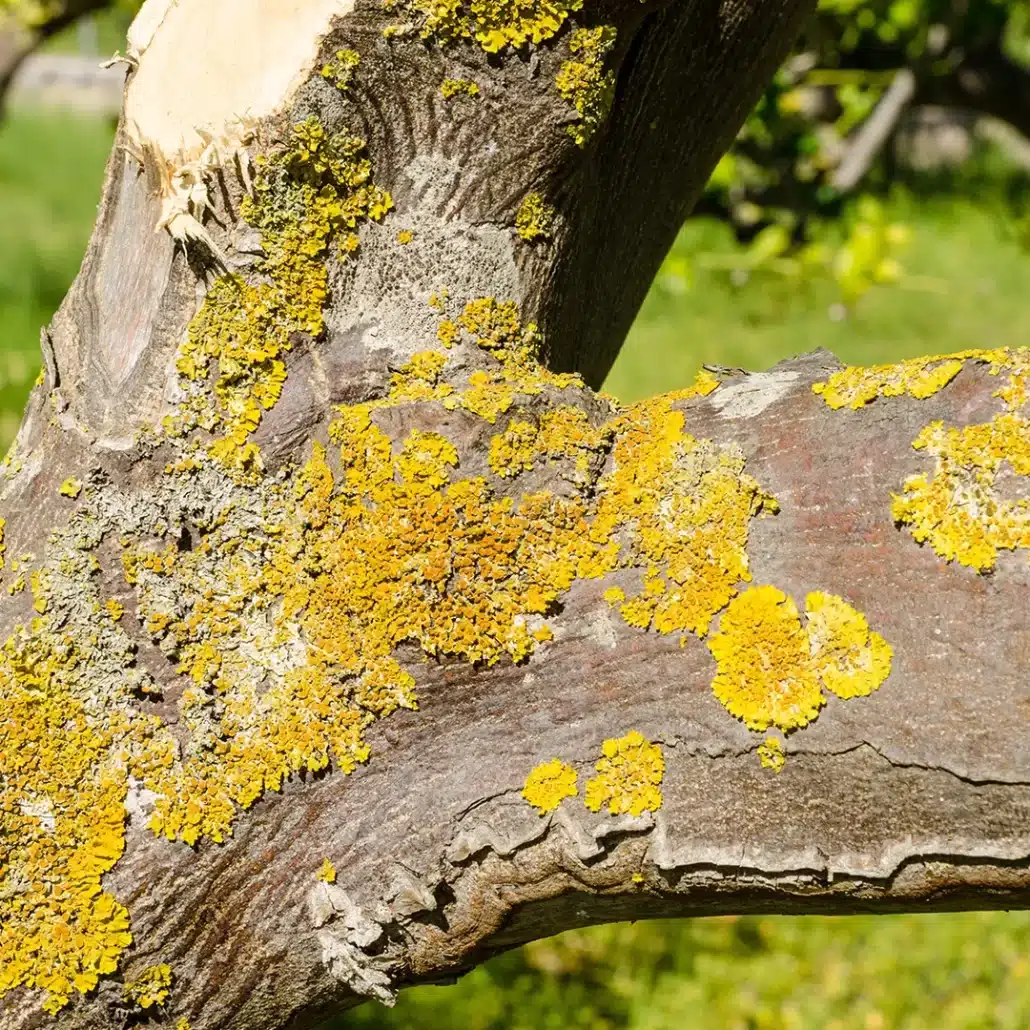
Replacing a diseased tree becomes the best choice when its condition is beyond saving, poses risks to safety, or impacts the surrounding environment.
Here’s a detailed explanation of when replacement is necessary, how to approach it, and the benefits of starting fresh.
Signs That Replacement is Necessary
Certain conditions make tree replacement unavoidable. Here are the key indicators:
- Extensive disease or decay: When a disease has spread throughout the tree, affecting its structural integrity, it’s often too late for treatment. Signs like hollow trunks, large fungal growth, or severe bark damage indicate advanced decay.
- Safety risks: A tree with weakened branches or a compromised trunk can fall, posing a hazard to people, property, and infrastructure. Trees close to homes, driveways, or power lines are especially concerning.
- Dead or dying tree: If the tree is no longer producing leaves or showing any signs of life, it’s a clear candidate for removal. Dead trees attract pests and can spread diseases to nearby healthy trees.
- Unsuitable species: Some trees may struggle due to incompatibility with the local environment. For instance, a species that doesn’t thrive in your soil type, climate, or sunlight exposure may suffer chronic health problems, making replacement a better option.
Steps to Replace a Diseased Tree
If you’ve determined that replacement is the right course of action, it’s essential to follow a structured process to ensure success:
- Tree Removal:
The first step is safe and efficient removal of the diseased tree. Professional tree removal services ensure that the process is handled without causing damage to your property or nearby vegetation. - Stump Removal:
Leaving a stump behind can lead to issues like pest infestations or fungal growth. Stump grinding or complete removal prevents these problems and prepares the site for replanting. - Site Preparation:
After removal, the soil may need amending to ensure it’s healthy and ready for a new tree. Removing leftover roots, adding nutrients, and checking for pests are all part of this process. - Selecting the Right Replacement Tree:
Choosing the right tree species is critical to its long-term success. Factors to consider include:- Compatibility with the local climate and soil.
- Resistance to common pests and diseases.
- The tree’s size at maturity to avoid future crowding or interference with structures.
- Replanting:
Proper planting techniques ensure the replacement tree establishes itself quickly. Consider using a tree relocation service if a larger, more mature tree is needed to restore the landscape’s appearance.
Why Replacement Might Be a Better Option
Though replacement involves more upfront effort and cost, it offers several long-term benefits:
- Enhanced safety: Removing a hazardous tree eliminates the risk of falling branches or a collapsing trunk.
- Fresh start for your landscape: Replacing a sick tree with a healthy one revitalizes your property and allows you to redesign the area with better species.
- Resilience against future issues: By selecting a species that’s well-suited to your environment, you can minimize future problems with pests, disease, or weather stress.
Professional Support for Tree Replacement
Replacing a tree isn’t just about cutting it down and planting a new one—it’s a process that requires careful planning and execution. Certified arborists and professional tree services can assess your property, recommend suitable replacements, and manage the entire process safely and efficiently.
Replacing a diseased tree might feel like a loss, but it’s an opportunity to invest in a stronger, healthier landscape. A well-chosen and properly planted replacement tree can thrive for decades, providing shade, beauty, and environmental benefits for your property.
Factors to Consider in the Decision
Deciding whether to treat or replace a diseased tree is not always straightforward. Several critical factors should influence your decision to ensure the best outcome for your landscape, safety, and budget.
Let’s break down these considerations in detail.
1. The Tree’s Age and Lifespan
The age of the tree is a key determinant in whether it’s worth treating or replacing.
- Young trees: Trees that are still growing and have a long expected lifespan are generally worth treating. They are more likely to recover from diseases due to their resilience and adaptability.
- Older trees: Mature trees that are nearing the end of their natural lifespan may not justify the cost of treatment, especially if they show significant signs of decline. Older trees are also more susceptible to recurring diseases and structural weaknesses.
2. The Severity of the Disease
The extent of the disease plays a crucial role in this decision:
- If the disease is localized to a few branches or specific areas, treatment is often a viable option.
- However, if the disease has spread throughout the trunk, root system, or canopy, the tree may be beyond saving, making replacement the safer choice.
3. Cost of Treatment vs. Replacement
Weighing the financial implications is essential.
- Treatment costs: While treating a tree is usually less expensive upfront, recurring treatments for chronic issues can add up over time. This is especially true for pest management or fertilization programs that require ongoing care.
- Replacement costs: Removing and replacing a tree typically involves a higher initial cost due to services like removal, stump grinding, and replanting. However, this is often a one-time expense, and a new tree may require less maintenance in the long run.
Evaluate the long-term financial implications of both options to make an informed decision.
4. Safety Considerations
Safety should always be a top priority.
- A diseased tree with weakened branches or a compromised trunk can pose serious risks to people, property, and nearby structures.
- Trees located near homes, power lines, or public spaces require immediate attention if they show signs of instability.
If safety is a concern, removing and replacing the tree may be the most responsible choice, regardless of its treatment potential.
5. Environmental and Ecological Impact
Healthy trees provide shade, reduce air pollution, and support local wildlife. When deciding to treat or replace, consider the ecological role of the tree:
- Treating a tree preserves its environmental contributions, such as carbon sequestration and erosion control.
- Replacing a tree gives you the opportunity to plant a species that may be more resistant to local diseases or pests, enhancing the long-term sustainability of your landscape.
6. Aesthetic Value of the Tree
For many property owners, the visual appeal of a tree is a significant factor.
- A well-placed, mature tree can be a focal point in landscaping, providing shade, privacy, and beauty. If treatment can restore its appearance, it may be worth the effort.
- Conversely, a tree that is heavily damaged or diseased might detract from the overall aesthetics of your property, making replacement a better option to improve curb appeal.
7. Location and Impact on Surroundings
Consider the tree’s position and its impact on nearby structures or plants:
- Trees that are close to buildings, driveways, or sidewalks may cause structural damage if their roots are diseased or invasive.
- Diseased trees can also spread infections to other healthy trees in the area, making replacement necessary to protect the surrounding vegetation.
8. Emotional and Historical Significance
For some, trees hold sentimental value, especially if they’ve been part of the property for generations. In such cases, treatment might be the preferred option to preserve the tree, provided it’s feasible.
However, it’s important to balance emotional attachment with practicality, especially if the tree poses a safety risk.
9. Expert Evaluation
Before making a final decision, consult with a certified arborist or tree care professional. They can:
- Assess the tree’s health and structural integrity.
- Provide cost estimates for treatment and replacement.
- Offer tailored recommendations based on the tree species, disease type, and environmental conditions.
How Panorama Tree Service Can Help
When it comes to managing diseased trees, Panorama Tree Service offers a range of professional solutions tailored to meet your needs. Whether you’re looking to restore a tree’s health or safely replace it, our expert team is here to guide you every step of the way.
Here’s how we can help, with links to our specialized services for your convenience.
1. Comprehensive Tree Health Assessments
Understanding a tree’s condition is the first step in deciding whether to treat or replace it. Our certified arborists perform thorough evaluations to diagnose tree diseases, assess structural integrity, and recommend the most effective solutions.
This process ensures that you make an informed decision with confidence.
2. Expert Tree Trimming and Pruning Services
For trees that can be treated, proper pruning is essential to remove diseased or damaged branches and promote healthy growth.
Our Tree Trimming Service ensures precision cuts that improve airflow, reduce the risk of infection spread, and enhance the tree’s overall structure.
3. Root Fertilization for Tree Recovery
Diseased trees often require extra nutrients to regain strength and vitality. Our Root Tree Fertilization Service delivers essential nutrients directly to the tree’s root zone, boosting its immune system and encouraging robust growth.
This treatment is especially effective for trees showing early signs of decline.
4. Safe and Efficient Tree Removal
If a tree is beyond saving, safe removal is critical to prevent property damage or injury. Our expert tree removal in Tampa Bay team ensures that trees are removed efficiently, safely, and with the utmost care for nearby structures and greenery. We handle everything from small trees to large, hazardous ones.
5. Stump Removal and Grinding
After tree removal, leaving a stump behind can lead to pest infestations or fungal growth. Our Stump Removal Service clears the area completely, ensuring a clean slate for replanting or landscaping.
6. Tree Replacement and Relocation
Replacing a diseased tree is an opportunity to choose a species that thrives in your environment. Our Tree Relocation Services not only help you plant a new tree but also assist with relocating mature trees to new locations, preserving their value and beauty.
7. Preventative Measures to Protect Healthy Trees
Protecting your other trees from diseases and pests is just as important as addressing the one that’s already affected. We offer services like Tree Root Barrier Installation to control root growth and prevent damage, and Demossing Services to keep trees free from harmful moss and lichen.
8. Custom Solutions for Unique Tree Care Needs
From ornamental tree shaping with our Topiary Services to specialized mangrove trimming, we offer tailored solutions for trees of all types. No matter the complexity, our team has the expertise to handle it.
Why Choose Panorama Tree Service?
- Experienced Team: Our certified arborists bring years of expertise in diagnosing and treating tree diseases.
- State-of-the-Art Equipment: We use the latest tools and techniques for safe and effective tree care.
- Customer-Centric Approach: We prioritize your satisfaction, safety, and the long-term health of your landscape.
- Comprehensive Services: From treatment to replacement, we’re your one-stop shop for all tree care needs.
Don’t wait until a diseased tree becomes a bigger problem. Whether you need professional advice, treatment, or replacement, Panorama Tree Service is here to help.
Contact us today for a free consultation and let us restore the beauty and safety of your property.
Preventing Future Tree Diseases
Prevention is the best medicine. By taking proactive steps, you can keep your trees healthy for years to come:
- Regular Pruning: Removing dead or weak branches improves airflow and reduces disease risks.
- Proper Fertilization: Trees need the right nutrients to fight off infections and thrive.
- Pest Management: Early intervention for pest infestations prevents significant damage.
- Install Root Barriers: Prevent root-related diseases by guiding growth away from problematic areas.
Investing in routine maintenance ensures your trees stay resilient and enhances your property’s overall appeal.
Conclusion
The decision to treat or replace a diseased tree isn’t always straightforward. It depends on the tree’s health, the extent of the disease, and your long-term goals for the landscape.
By understanding your options and seeking expert advice, you can make the best choice for both your property and the environment.
Unsure if your tree needs treatment or replacement? Book your consultation with a certified Tampa arborist and we’ll help you make the right call for your property and the planet.

